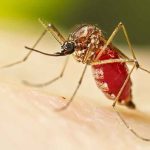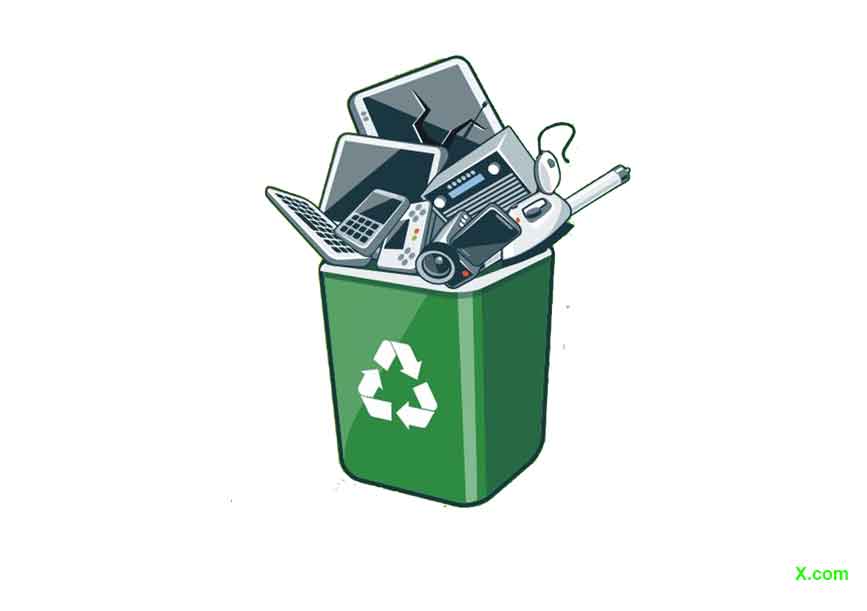N Munal Meitei,
Environmentalist, email- nmunall@yahoo.in

May 31 is World No Tobacco Day observed since 1987. This year’s theme, “Protecting children from tobacco industry interference,” carries immense significance to modern world to fight against tobacco from children, youths and future generation.
The tobacco industry delve to hook the next generation. The tobacco industry faced declining due to increase public awareness and this has led them to target children and youths. With sophisticated and insidious tactics, the industry today exploits the pervasiveness of social media with brand influencer to glamorizes youths for tobacco use. Flavored e-cigarettes is another design to appeal them.
Globally use of tobacco and nicotine which is highly addictive and potential health complications are rising among adolescents. This not only threatens their immediate health but also paves the way for a lifetime addiction.
Smoking harms nearly every bodily parts and organ system and smokers die 6 to10 years earlier than their non-smoking counterparts. Smoking makes it harder for a woman to get pregnant and risk of miscarriage, having low birth weight and babies born with a cleft lip. Men who smoke are at greater risk of erectile dysfunction.
India with 11.2% of world’s total smokers is at the 2nd rank and tobacco kill about 1.34 million Indian every year. It is estimated that about 29% of the adult Indian consume tobacco as smoking and other smokeless products like khaini, gutkha and zarda. As per a report dated 08/01/2014, smokers in India consumed an average of 8.2 cigarettes per day and thus the country smoked annually more than 6 trillion. Mortality rates among smokers are about 3 times higher than who never smoked.
The total costs of tobacco equate to 1.04% of the country’s GDP and direct medical costs of tobacco related amount to 5.3% of the total health expenditure. The economic lost of tobacco related diseases and death in the country accounts for Rs. 1773.4 billion.
The longer a smoker’s duration, the greater is the injury. There is no safe level of smoking. Smoking even just one cigarette per day over a lifetime can cause smoking-related deaths. While on smoking, the heart rate, blood pressure and the level of blood CO2 increases, reducing the blood’s ability to carry oxygen.
Earlier people thought smoking is risky for respiratory diseases and lungs. But smoking also causes oral, nasal, esophagus, stomach, pancreas, liver, kidney, ureter, urinary bladder, uterine cervix and bone marrow cancers. Tobacco kills more people than tuberculosis, HIV/AIDS and malaria combined worldwide.
According to WHO, about 3.5 million hectares of land are cleared for growing tobacco each year. Tobacco cultivation not only causes ‘Green Tobacco Sickness’ but results in soil degradation, making it infertile to support the growth of other crops. Tobacco is one of the important cash crops and India is the second-largest producer with 9% after China. According to ICAR, in India around 766,000 tons of tobacco is produced in 2020 over 40 lakh hectares. The sector provides jobs to millions of people and contributes as much as Rs. 22737 crore as excise duty and Rs. 5969 crore in foreign exchange. But the total economic costs attributable to tobacco use from all diseases in India for persons aged 35 and above amounted to Rs. 177341 crore.
The environmental impact of tobacco cultivation is enormous. Tobacco is a very nutrient-hungry crop and it depletes soil nutrients more rapidly. Tobacco cultivation requires large amounts of fertilizers and pesticides which degrade the overall environment. Tobacco cultivation being mainly a mono-crop, enhance soil erosion, fertility and biodiversity lost.
To cope with tobacco menace, Government of India enacted the “Cigarettes and other Tobacco Products Acts 2003” which include the prohibition of smoking in public places, advertisement of cigarettes and other tobacco products, sale of cigarettes or other tobacco products to anyone below the age of 18 years and prohibition of selling areas like schools, colleges. Under National Tobacco Control Programme and Nasha Mukt Bharat Abhiyaan, farmers are encouraged to replace tobacco crop with other alternatives like sugarcane, onion, maize, groundnut and soybean farming.
Cigarette butts are world’s most frequently littered item, and tobacco filters made of cellulose acetate constitute the number one ocean plastic, more numerous than plastic bottles, bags or straws. Disposing of e-cigarette cartridges, that contain plastic, electronic and chemical waste, is a growing problem.
The tobacco industry is adding pressure to our planet’s already scarce resources and fragile ecosystem. With tobacco industries, 600 million trees are cut to make cigarette rolling papers, emitting 84 megatons of CO2 and 22 billion litres of water are consumed annually challenging the climate and ecosystem. Collection of tendu leaf also damages forests.
Tobacco growing and manufacturing poisoned water, air, soil and pollute the beaches and city streets. Tobacco smoke contains many harmful chemicals both for smokers and nonsmokers. Among 7000 chemicals in tobacco smoke, at least 250 are known to be harmful and at least 69 can cause cancer. Every cigarette smoked or tobacco product pollute and diminishes our natural resources.
Now, tobacco consumption is moving from being an individual to a human problem. It is not just about the lives of smokers and those around them but is also at stake on the fate of everyone. Tobacco can no longer be categorized simply as a health threat – it is a threat to entire humanity and the planet. The tobacco industries who are making profit by destroying our environment need to held accountable to repay back the cost for destruction and recovering the environmental lost including the collection of wastes.
It is clear that tobacco has direct harmful effects to consumer’s health and also affects the environment, country’s economy, women and child health. Reducing tobacco consumption is the key for overall environmental health. Therefore, let’s celebrate World No Tobacco Day for our own health and the health of the planet.













